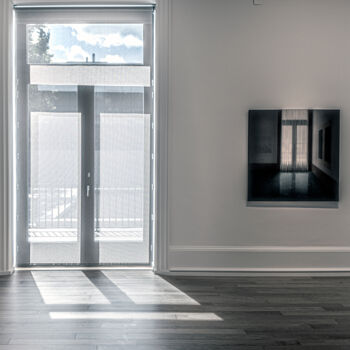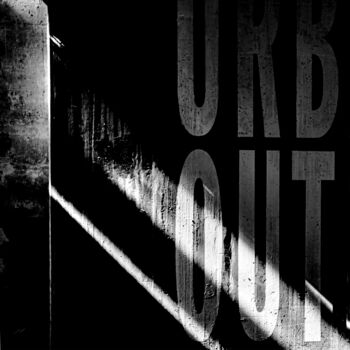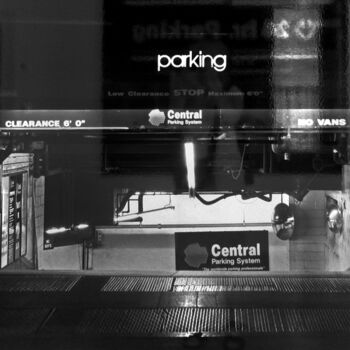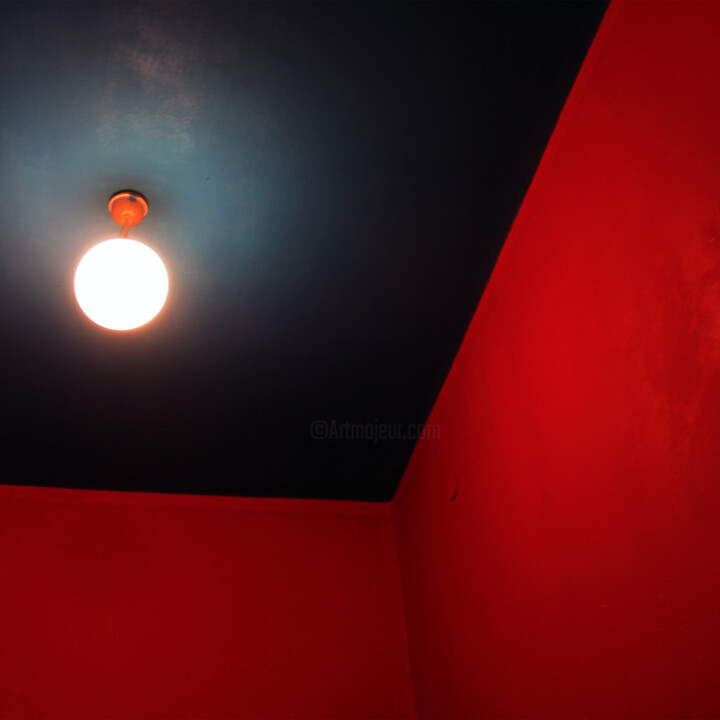

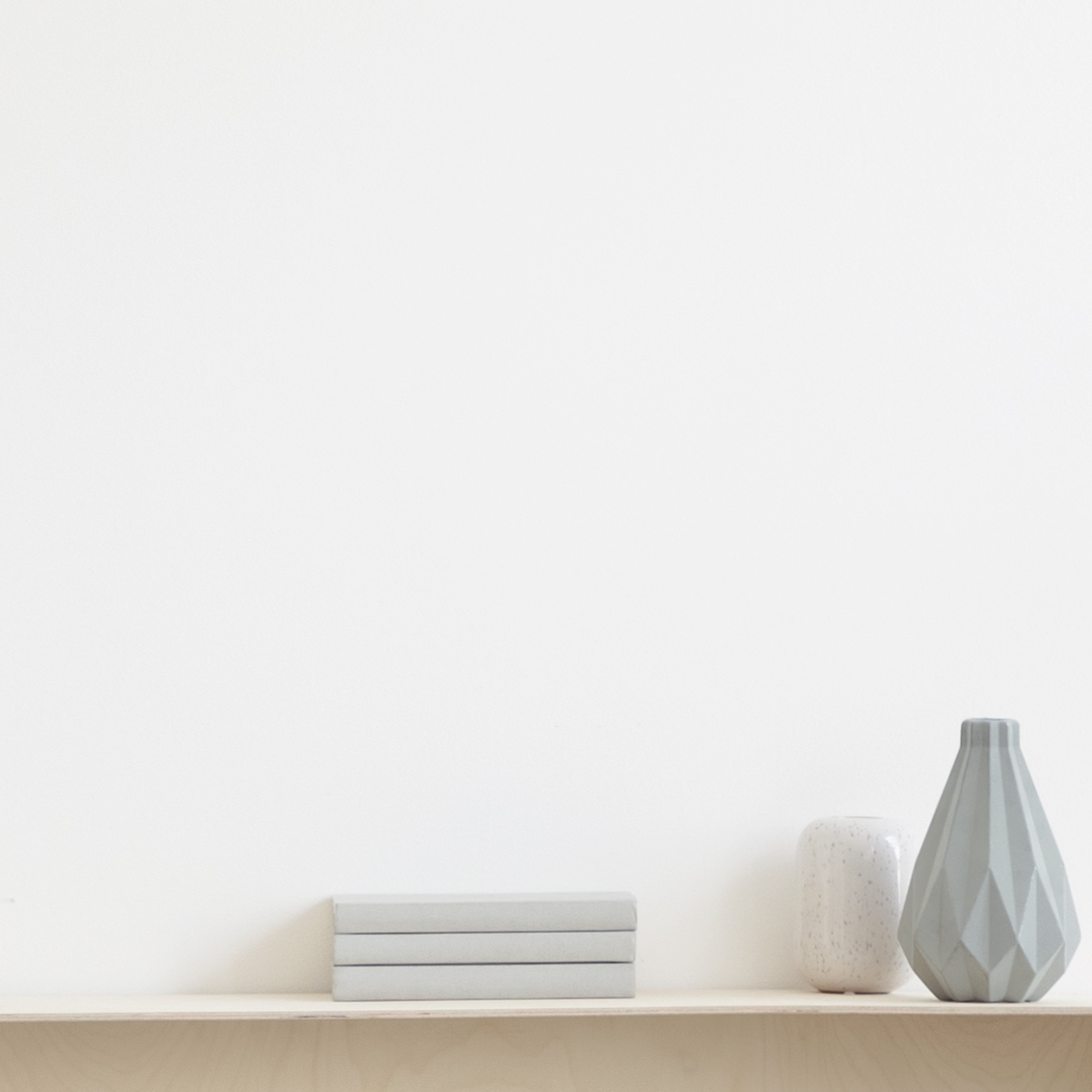
Let us know if you would like to see more photos of this artwork!
- Back of the work / Side of the work
- Details / Signature / Artwork's surface or texture
- Artwork in situation, Other...
RED ROOM #42. AFTER WILLIAM EGGLESTON (2006) Photography by Marta Lesniakowska
More info
- Packaging (Box or cardboard packaging) All artworks are shipped with a premium carrier, carefully protected and insured.
- Tracking Order tracking until the parcel is delivered to the buyer. A tracking number will be provided so that you can follow the parcel in real-time.
- Delay Worldwide delivery in 3 to 7 days (Estimate)
- Customs not included The price does not include customs fees. Most countries have no import tax for original artworks, but you may have to pay the reduced VAT. Customs fees (if any) are to be calculated on arrival by the customs office and will be billed separately by the carrier.
More info
- Trackable Online Certificate of Authenticity Authenticity Certificates can be verified online at any moment by scanning the artwork code.
- Artist Value Certification Experts study the work and career of an artist then establish an independent and reliable average price value. The average price value situates the artist on a price range for a given period. The experts may also be asked to establish a more precise estimate for a particular work.
More info
100% secure payment with SSL certificate + 3D Secure.
More info
-
Original Artwork (One Of A Kind)
Photography,
Digital Photography
/
Non Manipulated Photography
on Paper
- Dimensions Height 15.8in, Width 15.8in
- Artwork's condition The artwork is in perfect condition
- Framing This artwork is not framed
- Categories Photographs under $5,000 Minimalism Architecture
Ale mój “Czerwony pokój” ma jeszcze inne zakorzenienie. Nie tylko dlatego, że obrazy wnętrza są rodzajem martwej natury. Moja fotografia dialoguje z „Czerwoną pracownią” („L’Atelier Rouge”) Henri Matisse’a z 1911 roku (bardziej niż z wcześniejszym „Czerwonym pokojem: harmonia czerwieni”, 1908). Jako martwa natura, wnętrze Matsse’a przedstawia jego malarskie studio, którego ściany pokrył bogatą cynobrową czerwienią, by na jej tle umieścić swoje malarskie, rzeźbiarskie i ceramiczne prace. "Skąd wziąłem kolor czerwony tego nie wiem", przyznał Matisse (być może podświadomie użył znanej w tradycji XVIII i XIX wieku praktyki eksponowania kolekcji antycznych artefaktów m.in. na czerwonym tle), i dodał: "Uważam, że wszystkie te rzeczy stają się dla mnie tym, czym są, dopiero gdy zobaczę je razem z kolorem czerwonym". To jedno z najbardziej wpływowych dzieł w sztuce nowoczesnej, prekursorskie dla color field painting (Marka Rothko), przywołało moje „pamiętające spojrzenie”, by aktualizować problem formalnego i semantycznego języka dzisiejszej fotografii cyfrowej (ml).
My gaze is often governed by the principles of the poet-minimalists: an economy of detail, the discovery of hidden subtexts and insinuations in unseen objects and pieces of everyday reality, in the superficiality and mundanity of things. When I photograph, nothing is more or less important to me. I share this approach to photography with William Eggleston. 'The Red Room' is a dialogue with Eggleston, 'the inventor of colour photography', as John Szarkowski described him. The semi-abstract photograph built on the stark contrast of intense red and black is thus a transmediation/intertextuality with his 1973 photograph 'Untitled/Greenwood, Mississippi'. Thirty-three years later, the random red interior and its oneiric, surreal aura evoked in my 'remembering gaze' that photograph and provided the impetus to update the problem of colour in (digital) photography, the randomness of the photographic image and the question of the hidden life of images in unsophisticated, snapshot amateur photographs. These are questions that in the 1970s set new vectors for art, annexing the formal language of photography. Today, they demand to be examined in a new perspective.
But my 'Red Room' has yet another root. Not only because the images of the interior are a kind of still life. My photography dialogues with Henri Matisse's 'Red Studio' ('L'Atelier Rouge') of 1911 (more so than with the earlier 'Red Roomj: harmony of red', 1908). As a still life, Matisse's interior depicts his painting studio, the walls of which he covered with a rich cinnabar red to set his painting, sculpture and ceramic works against. "Where I got the colour red from I don't know," Matisse admitted (perhaps subconsciously using the well-known practice in the 18th and 19th century tradition of displaying collections of antique artefacts against a red background, among other things), and added: "I think that all these things only become what they are to me when I see them together with the colour red." This one of the most influential works in modern art, a precursor to colour field painting (by Mark Rothko), evoked my 'remembering gaze' to actualise the problem of the formal and semantic language of today's digital photography (ml).
Collector's digital photography, color. Digital print on Hahnemühle Photo Rag Baryta 315g (semi-flash), archival paper, acid-free, Signed on the front lower left andon the reverse, dated 2006/ life time print 2021, BAT - bon a tirer. Format 40x40 cm in the image light, paper 50x50 cm frame, not glued, without frame. Without damages., Certificate of Authenticity. Archived file: IMG_0142
Related themes
Marta Lesniakowska is an artist photographer but also, at the same time, historian and art critic, she does research on visual culture. This is what determines his approach to photography: a strategy of the “look that remembers”, which recalls familiar images from the history of art in order to transmit/intertextualize them. Her dialogue with them consists in asking herself if it is possible to evoke their meanings and what they are or can be today. She is fascinated by light - its role in the construction of the image, the parergon that creates the image. This is why, in street photography, she analyzes the interplay of light and dark, the relationship between sharpness and blur and the interpenetration of images as simultaneous realities. In this way, she brings out the mysterious character of the city, referring to the aesthetics of black cinema and to the master of 20th century street photography, Saul Leiter.(ml)
When she takes photographs, nothing is more or less important to her; his gaze is often governed by the principles of minimalist poets: an economy of detail, the discovery of subtexts and insinuations hidden in invisible objects and bits of everyday reality.
Marta Lesniakowska lives and works in Poland. His works are part of public collections (National Museum in Wroclaw, Museum of Bydgoszcz) and private collections (Netherlands, Denmark, Germany, Sweden, Switzerland, United States).
-
Nationality:
POLAND

- Date of birth : unknown date
- Artistic domains: Works by professional artists,
- Groups: Professional Artist Contemporary Polish Artists




